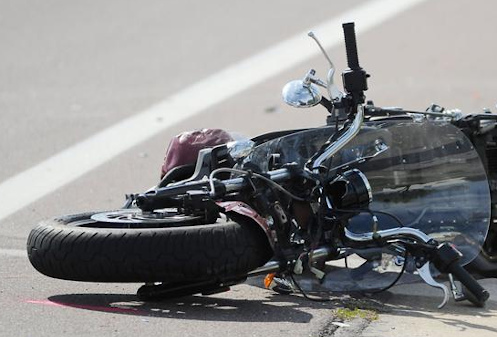Does Rider Training Work?
I’ve been writing about Colorado motorcycle crash statistics from 2018 and–in part–how these numbers related to rider training. That prompted a note from a friend with considerable experience in this area. Being a modest guy he asked that I not name him.
What this all related to was what I had pointed out about how the crash figures for rider trained through the Colorado Motorcycle Operator Safety Training (MOST) program seem to suggest that these riders crash more than those who have not taken the training. The question I asked was, did these riders crash before or after the training? When I queried Colorado State Patrol (CSP) coordinator for the MOST program he told me he couldn’t answer that question now but in future tracking they would include that data. He said he sure hoped the crashes occurred before they took the training.
Not to be too repetitive but, as I pointed out before, many riders take the course in order to get their license after they have been cited for riding without proper licensing. Often that occurs when they are involved in crashes, thus they get counted as MOST-trained riders but the crash occurs before they take the training.
Well, what my friend tells me is that back in 1976 the National Highway Transportation Safety Administration (NHTSA) did a study to see how effective driver’s training for teenagers. He told me that “the study made waves when it was reported that driver training actually resulted in no fewer crashes, injuries and fatalities. The theory was that trained drivers were more confident and took more risks, but because they were still inexperienced, they still made bad judgments.”
Now apparently, there were some folks who didn’t like having the government–at whatever level–putting up the money for driver training programs, so they took the findings of this report and soon the in-school driver’s ed program, such as the one I took as a teenager, were gone. In fact, it has been claimed by some people in a position to know, that the books were cooked a bit on this study in order to reach that conclusion, for that purpose.
My friend continues: “Fast-forward to today, and many safety-crats have long held that driver (and rider education) is not worth investing public dollars. It is an argument that is sometimes summoned to push back against SMROs (state motorcyclist rights orgs) that seek to replace helmet mandates with rider education programs.
“If stats are being published that suggest rider education does little to reduce crashes and fatalities, be prepared for pushback from the safety community to reduce or eliminate funding, and possibly attempt to reinstate the helmet mandate.”
So wow, I didn’t realize I was poking such a hornet’s nest when I innocently wondered if those crashes took place before or after the rider received training. That makes it really important now that CSP tracks the timing of crashes vis a vis time of training. We’ll have to wait for the 2019 crash data to find out.
Biker Quote for Today
Experience is what keeps a man who makes the same mistake twice from admitting it the third time around.
Tags: Colorado motorcycle crashes 2018, funding for rider training, motorcycle crash statistics

